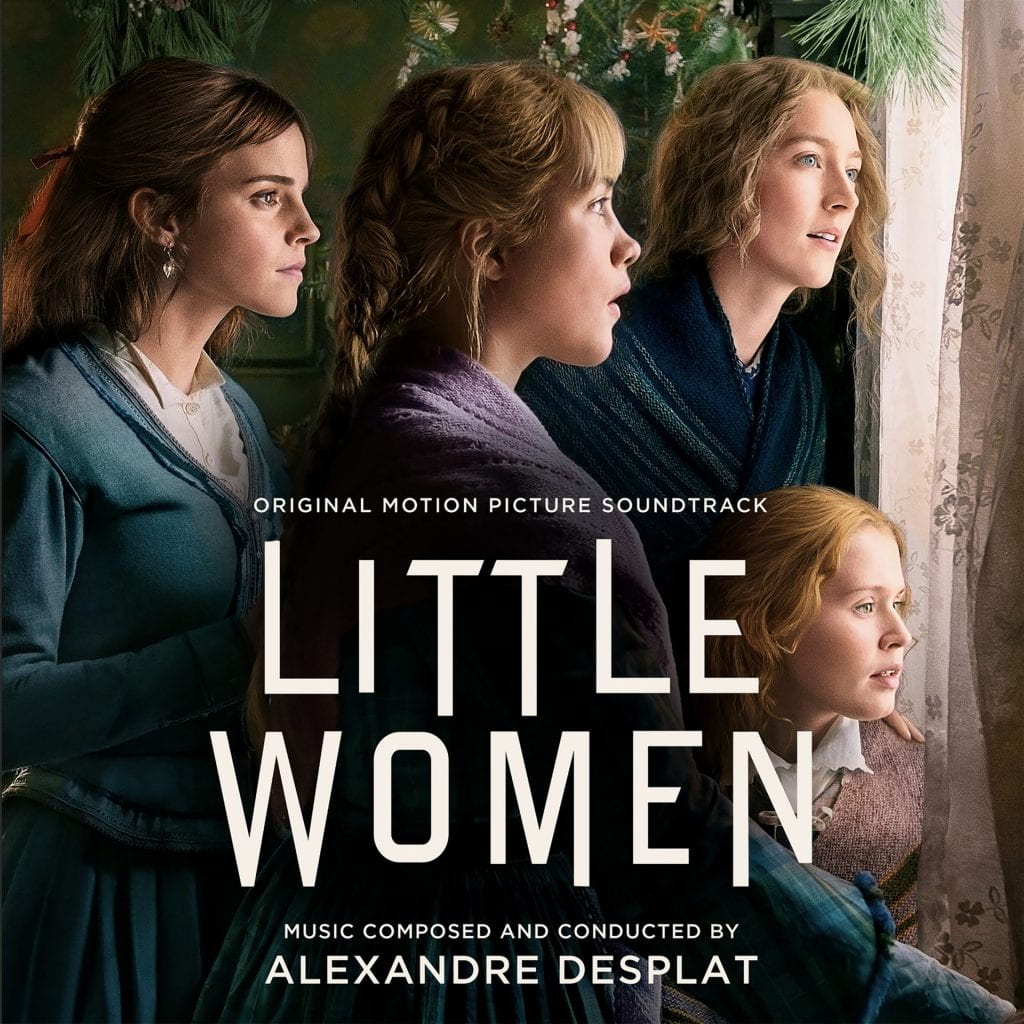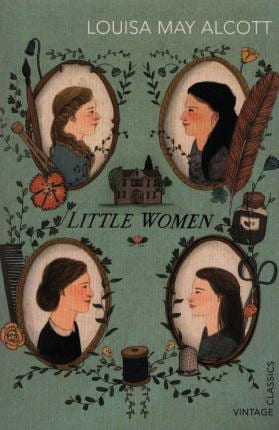“Little Women” (1869) by Louisa May Alcott is one of the most well-known classic books of all time. Due to its huge success as a manuscript, it has been turned seven times into a movie. But, we will focus on the latest one, “Little Women” (2019) by the director Greta Gerwig, which became a huge success and was a winner and a nominee for many of the Oscar Film Awards.

The book:
The novel mainly focuses on the story of the March family, a family in the US comprised of four daughters, Meg (17), Jo (16), Beth (14) and Amy (12), their mother, Marmee, and their father, who is a volunteer at the American Civil War. Also, there is a rich orphan boy, Laurie, who lives close to the Marches with his grandfather and gradually becomes a very close friend to the four sisters and especially with Jo, who acts in a boyish way. The story is rather realisting and presents the life and the beliefs of the middle-low class of that age. Thus, the main things described are the efforts of the four girls in order to minimize their faults and bad characteristics and become proper little women. Meg puts a lot of effort on to stop complaining about their bad financial position, Jo tries to behave more like a girl and minimize her bad temper, Beth attempts to be more sociable and less shy and introverted and Amy tests her ability to become more serious and ladylike. Their life is generally passing by happily with the girls playing with each other, spending time with Laurie, Jo writing short stories, Amy painting, Beth playing the piano and Meg starting to become an adult. However, a really bad period occurs when the mother has to leave her children for a while in order to move to Washington and take care of her almost dead husband. Unfortunately, their misfortunes are not willing to stop, as Beth becomes seriously ill. Nonetheless, at the end the catharsis comes, Beth recovers, father returns alive and kicking to their house and Meg gets engaged to John, her beloved Laurie’s teacher.

The film:
We should mostly describe the film as “based on the book”, as the big screen adaptation mainly focuses on the adult life of the four sisters and narrates through flashbacks the parts of the Marches’ lives that are basically described in the book. So, the future of the four girls is Amy to become a talented painter in France, where she has gone with her rich aunt, Jo to become a repressed commercial author of short stories published at papers in New York, Beth to live with her parents and Meg, poor but happy, married to John with two young children. Also, Laurie frequently travels in Europe and is depicted as a young man not knowing what to do with his life and just spending his family’s money. In addition, Beth becomes seriously ill again but luck is not on her side this time and she dies. As a consequence, all of the family members and close friends return to the Marches’ house, with Laurie engaged with Amy, after his love disappointment with Jo, and Jo in love with a teacher she met in New York, Fridrich. The movie ends with the expression of Jo’s feelings to Fridrich, the publication of the book “Little Women” by Jo March influenced by her own family’s story and the creation of a modern avant-garde school by the three sisters and their husbands.

Book Vs Film:
To begin with, as you can easily understand, the two stories are very different from each other. The book is quite extended and thus has the ability to best describe the girls’ characters and development. Also, the events that take place in the book are considerably few and easy to conceive. On the other hand, the film includes too many events and a vast amount of confusing quick flashbacks, that make it difficult quite complicated for the viewer to keep track of the coherence of the story. Moreover, in the film we cannot see the development of the girls and their characters seem to change very fast and in a not cohesive way at all. For example, Jo in the book is described as a boyish teenage girl and through the extent of the book, we can see the changes that she has put an effort on in order to achieve, as well as her close friendship with Laurie, which leaves no hint for a romantic relationship. However, the movie presents Jo as much more prudent and ladylike, with some unorthodox and very bad acted scenes of rude and “boyish” behaviour. Also, in the book, there is no hint for a love interest between Amy and Laurie, as Amy was too young for love. Additionally, the most radically changed character of the story is Laurie, who even though in the book is described as a proper gentleman who becomes gradually a friend of the Marches and after their friendship he becomes more outgoing and less formal, in the film he is depicted as a spoilt boy, not knowing what to do with his life, spending his family’s money, crashed by Jo’s rejection and not really in love with Amy. Generally, all the characters of the story are different from the book ones and unfortunately are less developed and more shallow.

However, the book also includes some bad characteristics. Firstly, the fact that the events that take place in the book are very few, sometimes make reading a little bit dull for the reader. Also, the book pays a lot of attention to the bad financial position of the family, although through the narration we can understand that their situation is not that bad. So, the constant feeling of dissatisfaction and the will for overconsumption can sometimes seem like a negative and tiring obsession of the family. Thirdly, the ending of the story is very predictable and ideal (classic american happy ending), as the girl gets engaged to the man she loves and everyone is healthy, content and united.

Nonetheless, needless to say that some really good characteristics are included in both film and novel. As far as the latter is concerned, this book comprises a nice medium to this wholly different world and this epoch’s beliefs. Also, it is especially ideal for young children (8-13) as the plot is basic, the language used is poetic and the characters act more like children and less like teenagers. As far as the big screen adaptation is concerned, lots of well-known actors participate in it, such as Maryl Streep, Saoirse Ronan, Emma Watson, Timothée Chalamet and Florence Pugh, among others. Moreover, the costumes used are magnificent and time accurate, which demonstrates the reason why it won the Oscar Award for the Best Costume Design, as well as the acting was brilliant and persuasive at most times. Last but not least, the book ends quite abruptly without giving a hint for the girls’ adult life (apart from Meg), and so the film indicates in a nice, quite innovative way the future of our beloved four sisters.
Taking everything into consideration, “Little Women” would not personally be one of the best choices as far as book and film are concerned, but for lovers of classic works of art, they would comprise an ideal option.

March 7, 2021 at 8:07 pm
An indeed detailed comparison between the two options-book versus film!Looking forward to your next posts!!!
March 23, 2021 at 3:27 pm
I really enjoyed this review, it was well written and the pictures added were beautiful. I found the part of comparison between the film and the book particularly interesting and I would like to see more comparisons. Also, I would suggest, if you liked the book, to watch the first film they made in 1994. It is a closer adaptation to the book. Despite this I enjoyed the last film the most, because it’s more entertaining.